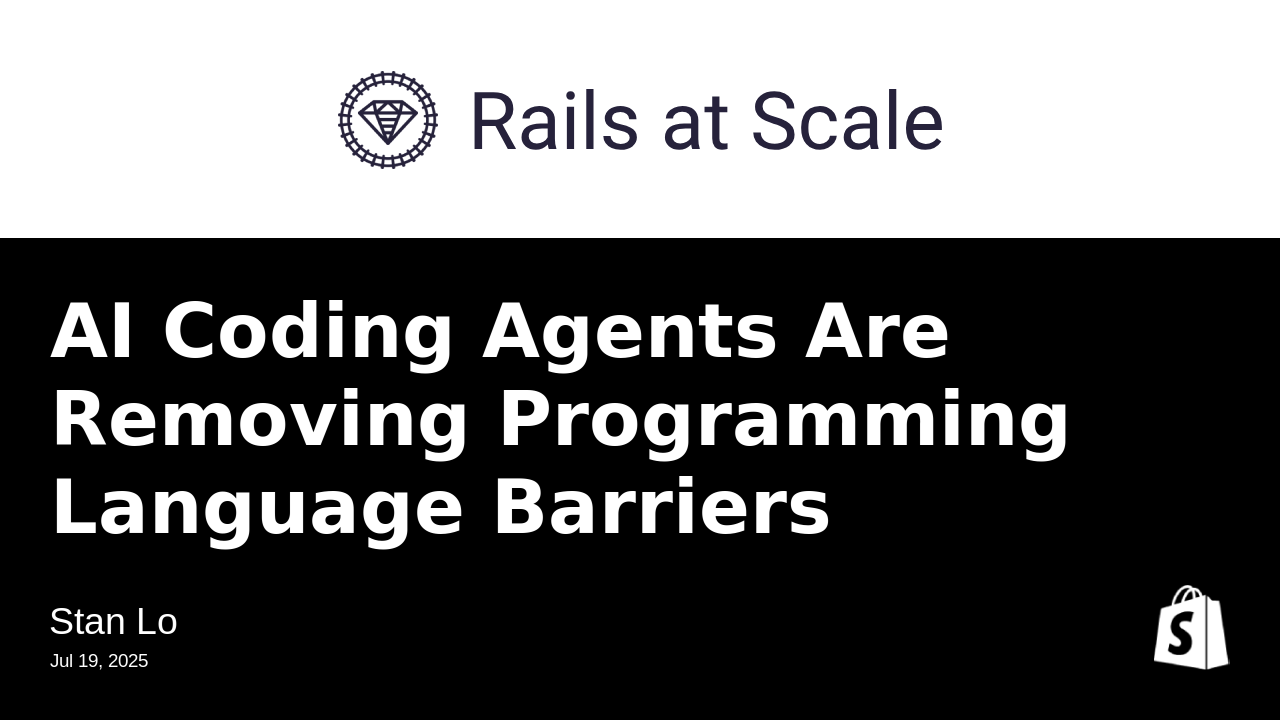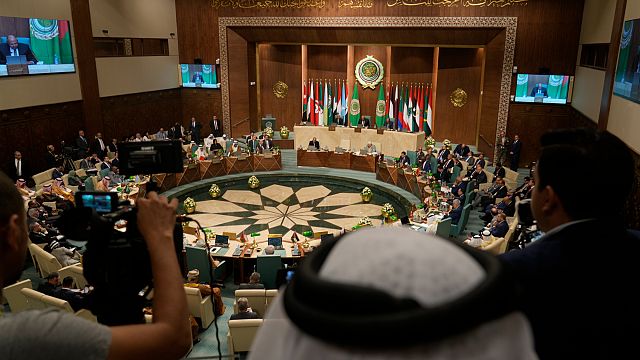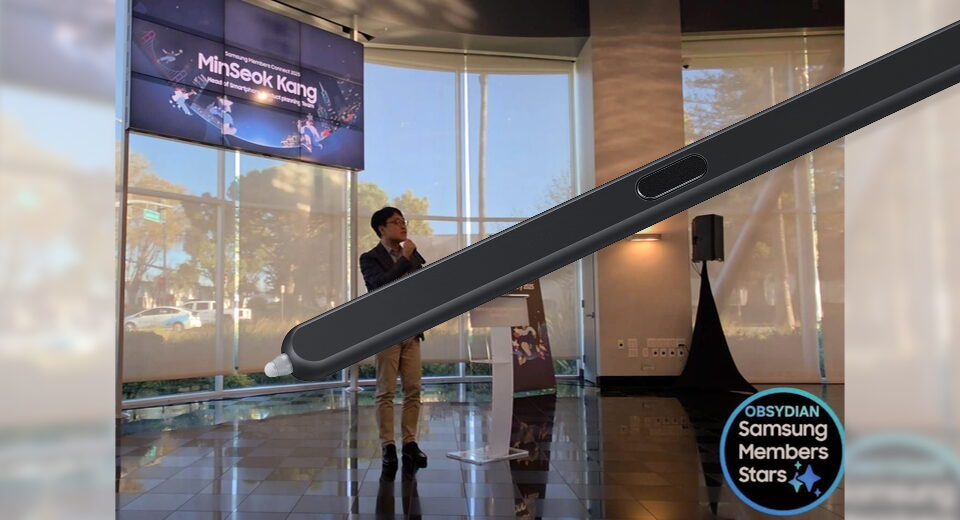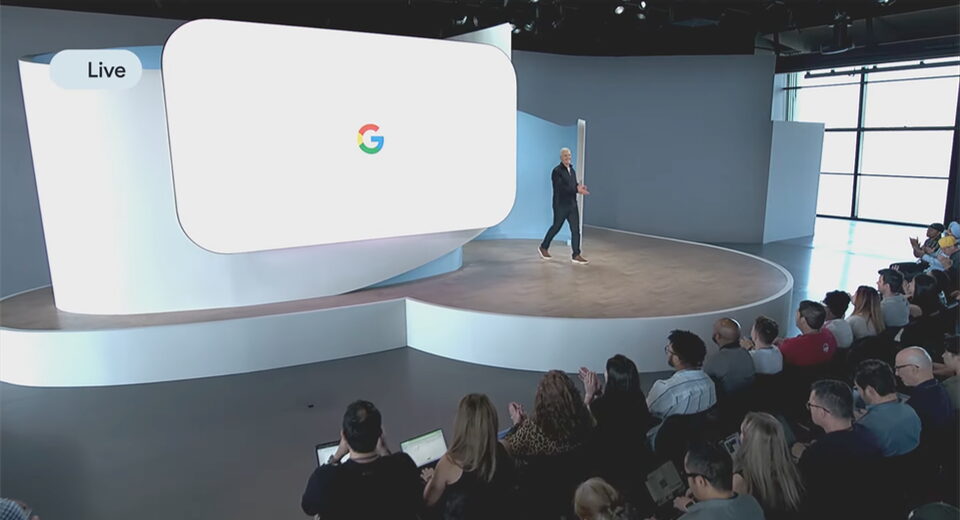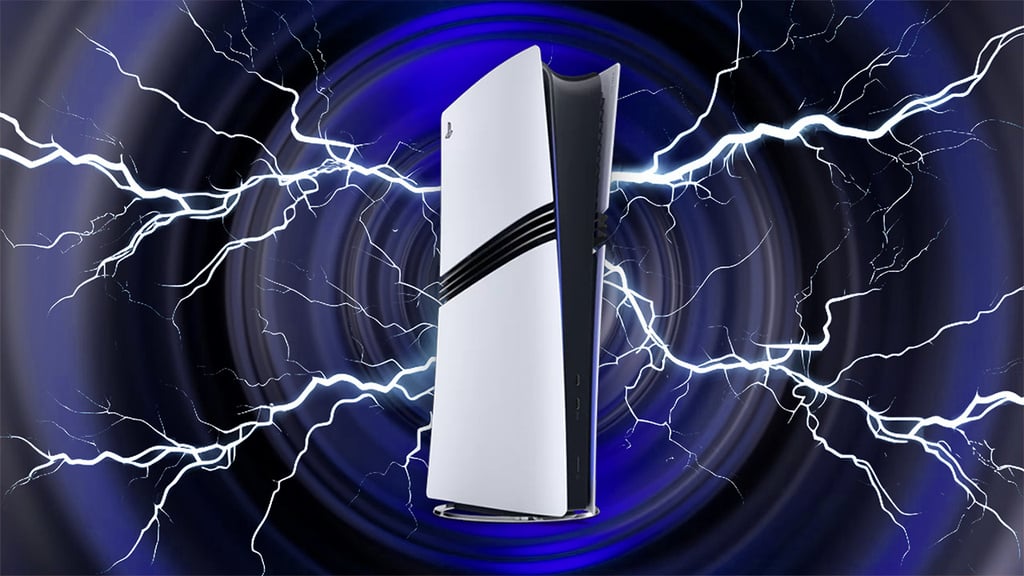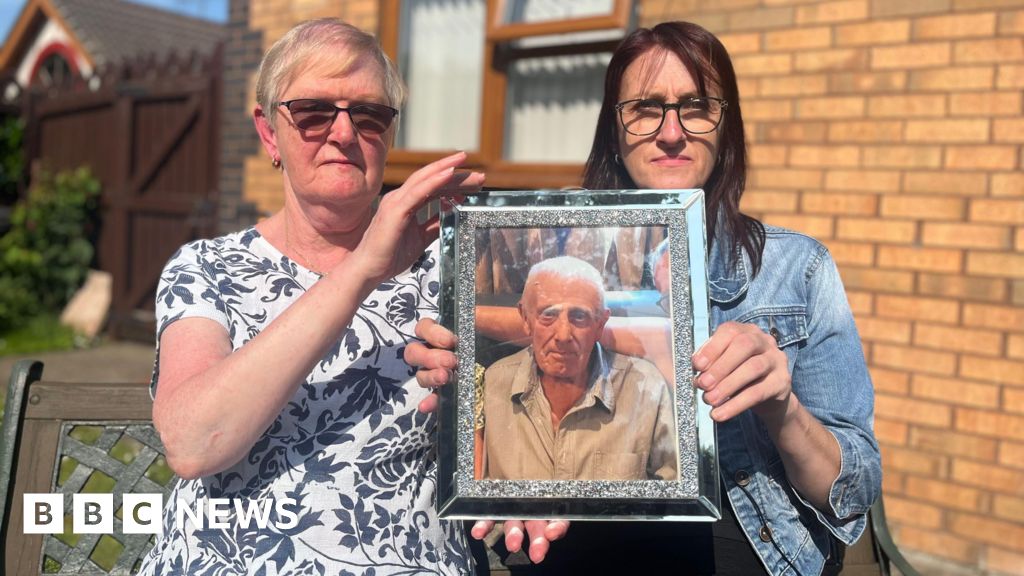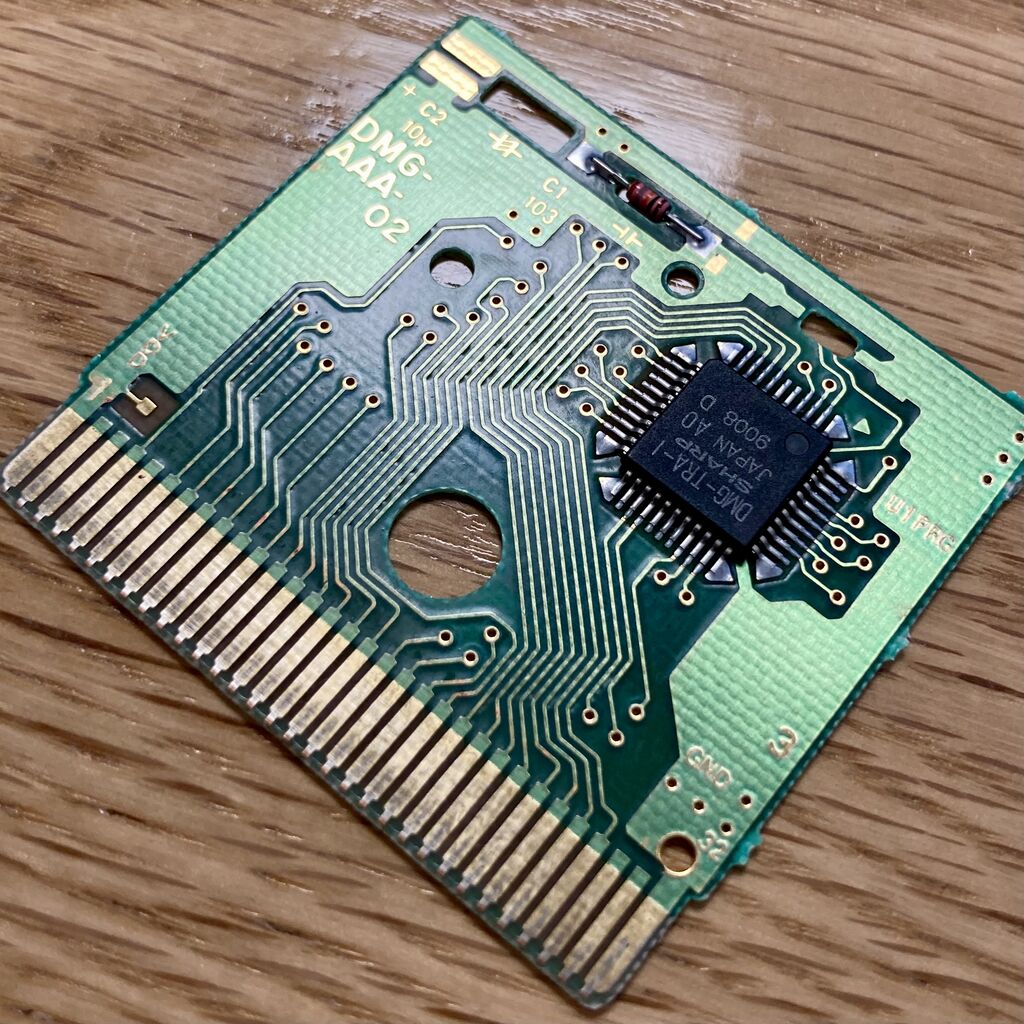Android Earthquake Alerts: A global system for early warning

Earthquakes are a constant threat to communities around the globe. While we’ve gotten good at knowing where they’re likely to strike, we still face devastating consequences when they do. What if we could give people a few precious seconds of warning before the shaking starts? Those seconds can be enough time to get off a ladder, move away from dangerous objects and take cover. For years, that’s been the goal of earthquake early warning (EEW) systems. But the expensive seismic networks on which they rely just don’t exist in many of the world’s most earthquake-prone regions.
In “Global earthquake detection and warning using Android phones”, published in Science, we show how we've turned the global network of Android smartphones into a powerful, pocket-sized earthquake detection system to help supplement official warnings systems. Over the last four years, the Android Earthquake Alerts system has detected thousands of earthquakes and sent alerts to millions of people in nearly 100 countries, often giving them the crucial moments they need to take cover before the shaking arrives. Evaluation of thousands of earthquakes, analysis of specific earthquake examples and direct user feedback allows the system to continuously improve its performance in key areas, like magnitude estimation, making the alerts more effective over time.
How it works: A global network of tiny seismometers
The accelerometer in an Android phone, the same sensor that flips the screen when it’s turned sideways, can also detect the ground shaking from an earthquake. If a stationary phone detects the initial, faster-moving P-wave of an earthquake, it sends a signal to our earthquake detection server, along with a coarse location of where the shaking occurred.
The system then quickly analyzes data from many phones to confirm that an earthquake is happening and estimate its location and magnitude. The goal is to warn as many people as possible before the slower, more damaging S-wave of an earthquake reaches them. The system sends out two types of alerts:
- BeAware alerts — for estimated light shaking.
- TakeAction alerts — for estimated stronger shaking, which take over the phone's screen and play a loud sound.
To receive alerts, users must have Wi-Fi and/or cellular data connectivity, and both Android Earthquake Alerts and location settings enabled. Alerts are sent based on a privacy-preserving, coarse location of the device. Users who do not wish to receive these alerts can turn off Earthquake Alerts in device settings.
Light green areas show the countries where the Android Earthquake Alerts System is currently detecting and delivering alerts. The areas alerted in individual earthquakes are shown in red where there was strong shaking (Modified Mercalli Intensity (MMI) 5+) and yellow for lighter shaking (MMI 3-4). The gray circles indicate other Android detections in regions where alerts were not issued. Android also delivers alerts generated by ShakeAlert in California, Oregon and Washington (dark green).
A global safety net
In April 2021, we began rolling out alerts generated by Android detections, starting in New Zealand and Greece. By the end of 2023, the system was active in 98 countries.
The system has now detected over 18,000 earthquakes, from small tremors of M1.9 to major quakes reaching M7.8. For the events significant enough to warn people, alerts were issued for over 2000 earthquakes, culminating in 790 million alerts being sent to phones worldwide.
The impact has been a ~10x change in the number of people with access to EEW systems. In 2019, only about 250 million people had access. Today, thanks in large part to the Android system, that number has increased to 2.5 billion.
The global reach of EEW has expanded dramatically with the introduction of the Android system.
The challenge of estimating an earthquake's power
One of the trickiest parts of an EEW system is estimating the magnitude of an earthquake in real-time. The magnitude tells us how big the earthquake is, which in turn determines how far the shaking will travel and who needs to be alerted. Getting this right is crucial — underestimate, and you might not warn people in danger; overestimate, and you risk sending out false alarms that erode public trust.
The challenge lies in the trade-off between speed and accuracy. The first few seconds of an earthquake provide limited data, but every second you wait to issue an alert is a second less of warning for those in the path of the shaking.
Over the last three years, we've continuously improved our magnitude estimation. The median absolute error of our first magnitude estimate has dropped from 0.50 to just 0.25. When we compare our system to established, traditional seismic networks, our accuracy is similar, and in some cases, even better.
Evolution of the Android Earthquake Alerts System’s earthquake magnitude error over the last three years. For one earthquake, the system does several detections as new data is gathered. The first estimate is important as it provides the maximum warning time, whereas the maximum magnitude estimate generates an alert for the largest area.
Specific examples
So, how well does it work in a real earthquake? Let's look at three examples.
During a magnitude 6.7 earthquake in the Philippines in November 2023, our system sent out the first alert just 18.3 seconds after the quake started. People closest to the epicenter, who experienced the most intense shaking, received up to 15 seconds of warning. Those farther away, who still felt moderate shaking, got up to a minute of warning. In total, nearly 2.5 million people were alerted.
In a magnitude 5.7 earthquake in Nepal in November 2023, the first alert was issued 15.6 seconds after the earthquake began. People who experienced moderate to strong shaking had a warning time of 10 to 60 seconds. In this event, over 10 million alerts were delivered.
These charts show the warning time people received based on how far they were from the epicenter and the intensity of the shaking they experienced.
Moreover, in a magnitude 6.2 earthquake in Turkey in April 2025, the first alert was issued 8.0 seconds after the earthquake began. People who experienced moderate to strong shaking had a warning time of a few to 20 seconds. In this event, over 11 million alerts were delivered. play silent looping video pause silent looping video
Animation showing phones detecting shaking as the 6.2 earthquake in Turkey progressed. Yellow dots are phones that detect shaking. The yellow circle is the P-wave’s estimated location and the red circle is for the S-wave. Note that phones can detect shaking for reasons other than an earthquake which is a source of noise the system needs to handle. UTC time during the event is displayed in the upper left.
Learning from user feedback
The true test of any alert system is if people find it helpful. We included a simple survey in our alerts, and the feedback has been overwhelmingly positive. Of the more than 1.5 million people who responded, 85% found the alerts to be "very helpful."
Here are some of the key takeaways:
- People appreciate the warning, even if they don't feel shaking. A surprising 79% of people who received an alert but didn't feel the earthquake still found the alert to be very helpful. This tells us that people value being informed about potential hazards in their area.
- The right alert matters. A much higher percentage of people who received a TakeAction alert reported feeling strong shaking compared to those who got a BeAware alert. This shows that our system is doing a good job of distinguishing between light and potentially damaging shaking.
- People are taking action. For those who received a TakeAction alert, the most common response was to "Drop, Cover, and Hold On." This is a fantastic result and shows that these alerts are prompting people to take the correct, life-saving actions.
A snapshot of what over 1.5 million users told us about their experience with the earthquake alerts.
The future of earthquake early warning
What's most exciting is that our system is constantly learning and improving. The data we collect is helping us to better understand earthquakes and build more accurate prediction models. In the future, this system could not only provide warnings but also deliver rapid post-earthquake information to emergency responders, helping them to quickly assess the areas most in need.
We’re excited to continue to show how the devices in so many of our pockets can be used to create a more informed and safer world.
What's Your Reaction?
 Like
0
Like
0
 Dislike
0
Dislike
0
 Love
0
Love
0
 Funny
0
Funny
0
 Angry
0
Angry
0
 Sad
0
Sad
0
 Wow
0
Wow
0


